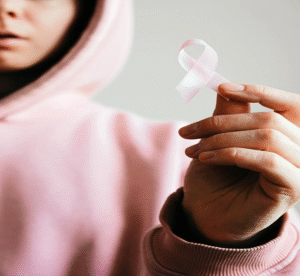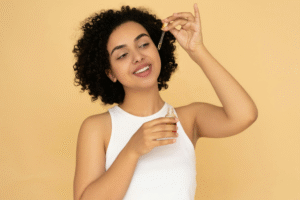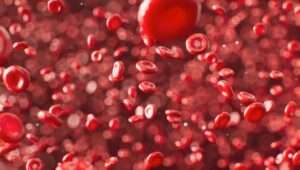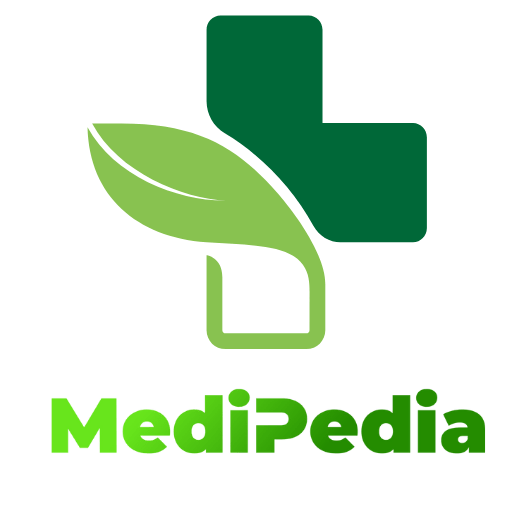Table of Contents
Iron deficiency is one of the most prevalent nutritional issues worldwide, yet many people don’t even know they have it. It is highly prevalent among the women aged 12-21 years. If you often feel tired, look pale, or find yourself short of breath after light activity, your body might be trying to alert you that something is not right. In this blog, we’ll explore what iron deficiency is, its causes, and how you can manage it with smart dietary choices and lifestyle changes.
What Is Iron Deficiency?
Iron is an essential mineral your body needs to produce hemoglobin—the protein in red blood cells that carries oxygen to the organs and tissues. When your iron levels drop, your body can’t make enough hemoglobin eventually leading to unhealthy red blood cells formation, leading to iron deficiency anemia. This can leave you feeling drained, weak, and more susceptible to illness.
Normal hemoglobin levels are
- Men: 13.5-18g/dl
- Female: 12-15g/dl
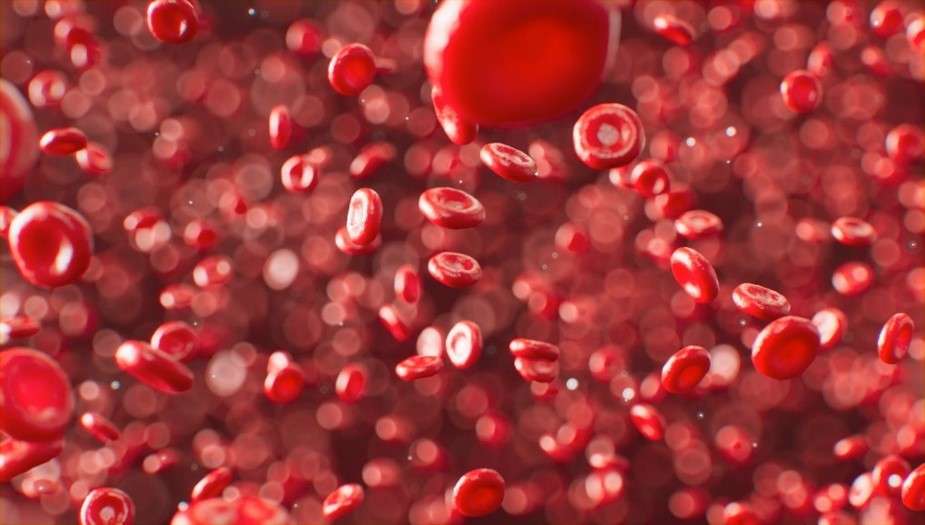
Common Causes of Iron Deficiency
There are several reasons why someone might become iron deficient:
- Poor diet: Not getting enough iron-rich foods-mainly red meat or fortified products- is a major cause. Vegetarians and vegans are highly at risk.
- Blood loss: Heavy periods, frequent blood donations, or internal bleeding (such as from ulcers or hemorrhoids) can significantly reduce iron stores.
- Increased iron needs: Iron demands increase significantly during pregnancy and during intense physical activity.
- Poor absorption: Conditions like celiac disease, crohn’s disease or taking antacids regularly can interfere with iron absorption.
Symptoms to Watch For
Iron deficiency can creep up quietly, but it eventually shows itself through noticeable symptoms such as:
- Fatigue and low energy
- Pale skin or lips
- Shortness of breath
- Dizziness or headaches
- Palpitations
- Cold hands and feet
- Brittle nails or hair loss
- Strange cravings like ice, dirt, or clay (a condition called pica)
Investigation
If you are suffering from any of the above symptoms then instantly consult your doctor get your few blood test done which include:
- Blood Hb level
- Serum Ferritin
- Serum iron and transferrin levels
Who’s at Risk?
While anyone can become iron deficient, certain groups are more vulnerable:
- Women of reproductive age
- Pregnant women
- Infants and young children
- Athletes
- People following plant-based diets
Natural Ways to Boost Your Iron Levels
Luckily, Iron deficiency is treatable—and often preventable—with the right approach:
- Eat iron-rich foods: Include red meat, poultry, eggs, beans, lentils, tofu, spinach, and iron-fortified cereals.
- Pair with vitamin C: Foods rich in vitamin C (like oranges, strawberries, and bell peppers) help your body absorb iron more efficiently.
- Cook with cast iron: Believe it or not, cooking in cast iron pans can add small amounts of iron to your food.
- Limit calcium at iron-rich meals: Calcium competes with iron for absorption, so avoid high-calcium foods when taking iron supplements or eating iron-rich meals.
Conclusion
Iron deficiency is more common than most people realize, but it’s also easy to manage once you know what to look for. If you’ve been feeling unusually tired or off-balance, don’t ignore it—your body might be asking for more iron. A simple blood test and some dietary adjustments could make a world of difference in how you feel every day.



